A round-up of the best works of art to enter public collections recently
Virginia Museum of Fine Arts, Richmond
Progress (The Advance of Civilization) (1853), Asher B. Durand
Durand’s epic narrative painting, depicting settlers wending their way into the virgin lands of the American Midwest, is one of the most instantly recognisable images to have come out of the Hudson River Valley School. Valued at $40m and donated anonymously, it has now become the most valuable gift ever offered to the Virginia Museum of Fine Arts.
North Carolina Museum of Art, Raleigh
Saul under the Influence of the Evil Spirit (1865), William Wetmore Story
For the past century, pupils at Rendcomb College boarding school in the Cotswolds were met in the entrance hall by an imposing statue of the biblical King Saul, grasping at his beard in anguish while reaching for his dagger. Presumed lost by art historians, it has recently been identified as the work of eminent American sculptor William Wetmore Story. Completed in Rome in 1865, shortly afterwards it was purchased and brought to England by the aristocrat Frederick Noel Hamilton Wills, founder of Rendcomb College.
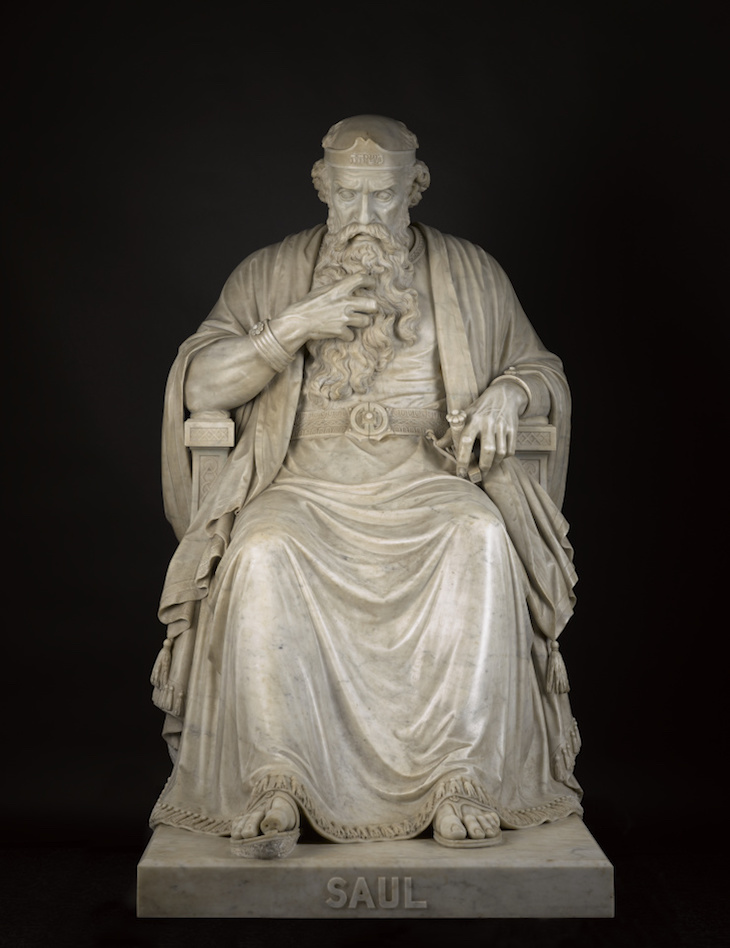
Saul Under the Influence of the Evil Spirit (1865), William Wetmore Story. North Carolina Museum of Art
Tate, London
Four watercolours by Sylvia Pankhurst
In 1907 Sylvia Pankhurst set off on a tour of industrial towns in the north of England and Scotland, recording her observations of working women and the conditions they had to endure in a series of diary entries and watercolours, some of which were reproduced in Votes for Women, the Suffragette magazine. Four of Pankhurst’s stark yet compassionately rendered portraits have now been acquired by the Tate directly from Pankhurst’s family – the first works by the artist to enter its collection. For more on Sylvia Pankhurst’s intertwined political and artistic work, read Hester Reeve’s feature for Apollo.
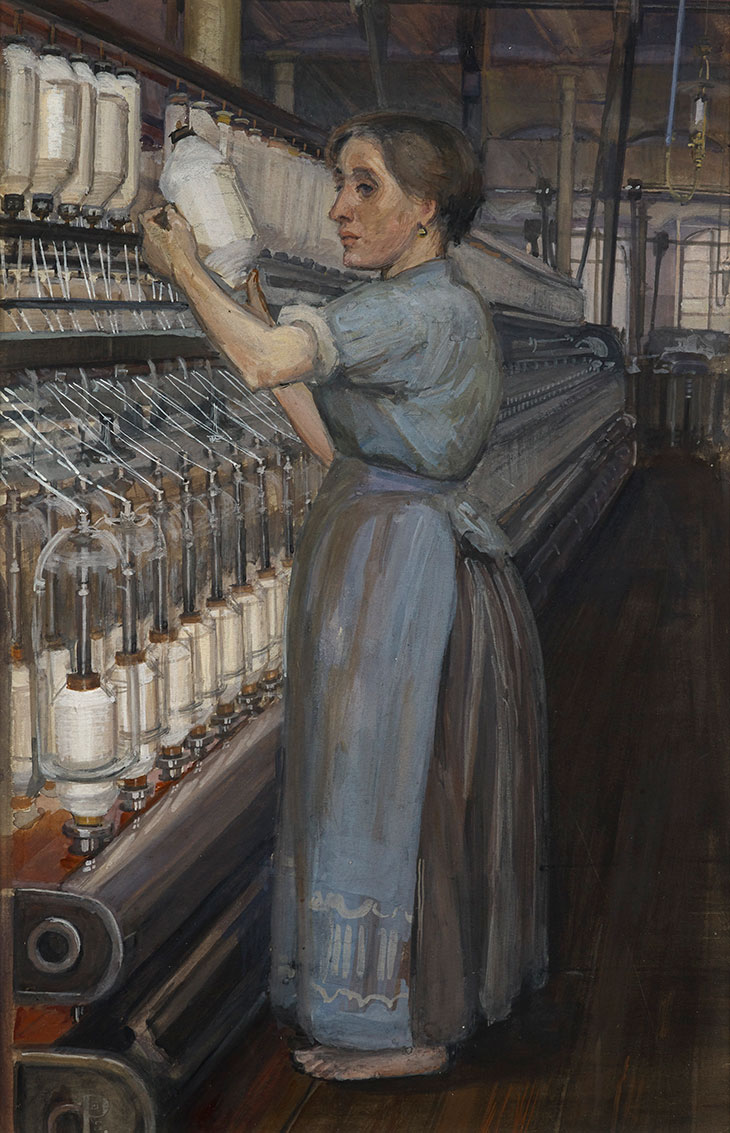
In a Glasgow Cotton Spinning Mill: Changing the Bobbin (1907), Sylvia Pankhurst. Tate
National Gallery of Canada, Ottawa
La Partie Carrée (1870), James Tissot
Painted partly in response to his friend Manet’s controversial Déjeuner sur l’herbe (1863), Tissot’s lusciously painted La Partie Carrée may also have been intended as a subtle commentary on the excesses of Second Empire high society. The foursome on the lawn appears the very image of breezy hedonism – yet their Directoire-era clothing places them in the brief window of calm between Robespierre’s Terror and the rise of Napoleon. A year after the work was exhibited at the Salon, Tissot moved to London, escaping the tumult of the Paris Commune; the prescience of his warning to the Parisian elite is uncanny.
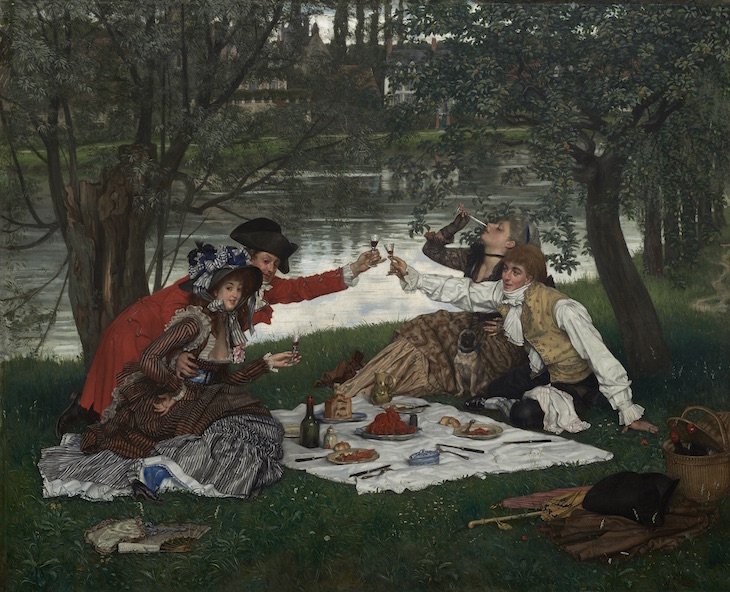
La Partie Carrée (1870), James Tissot. National Gallery of Canada, Ottawa
Cleveland Museum of Art
Sleeping Christ Child (c. 1675), Filippo Parodi
The Genoan sculptor Filippo Parodi began his career as a woodcarver, but after two stints in the studio of Gian Lorenzo Bernini in Rome he became one of the most talented practitioners of Baroque narrative sculpture in marble. His Sleeping Christ Child is remarkable for its variety of surface textures, from the sheen of the infant’s flesh to the rougher rendering of straw and hair.
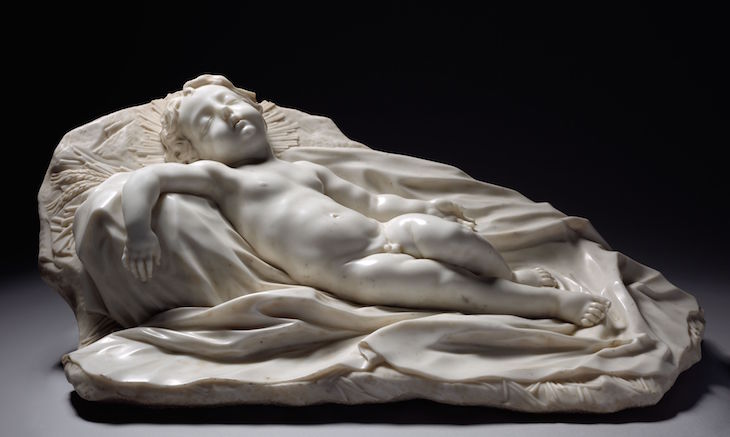
Sleeping Christ Child (c. 1675), Filippo Parodi. Cleveland Museum of Art
Galleria Sabauda, Turin
Portrait of the Abbot Felice Ramelli (c. 1735), Pierre Subleyras
The abbot Giovanni Felice Ramelli was a celebrated miniaturist in early 18th-century Piedmont – and a close friend of leading Rococo painters Rosalba Carriera and Pierre Subleyras. From the latter’s dramatic oil portrait –which depicts him sitting at his working desk, holding up a completed miniature – Ramelli made a miniature copy on ivory, which has been in the royal collections of Turin since 1737. Thanks to the Italian Ministry of Culture’s recent acquisition of Subleyras’ canvas, the two works are now on display side-by-side at the Galleria Sabauda.

Portrait of the Abbot Felice Ramelli (c. 1735), Pierre Subleyras. Royal Museums of Turin
Dia Art Foundation, New York
155 works by Charlotte Posenenske
Ahead of the first US survey of German minimalist sculptor Charlotte Posenenske, taking place at Dia:Beacon this spring, Dia has acquired 155 sculptural elements from four series by the artist. Produced during the final years of her 12-year artistic career – Posenenske abandoned art for sociology in 1968 – these modular, mass-produced elements were intended to be arranged into a variety of unique combinations. The acquisition is the largest single purchase of Posenenske’s works by a museum to date, reflecting Dia’s stated commitment to collecting individual artists in considerable depth.
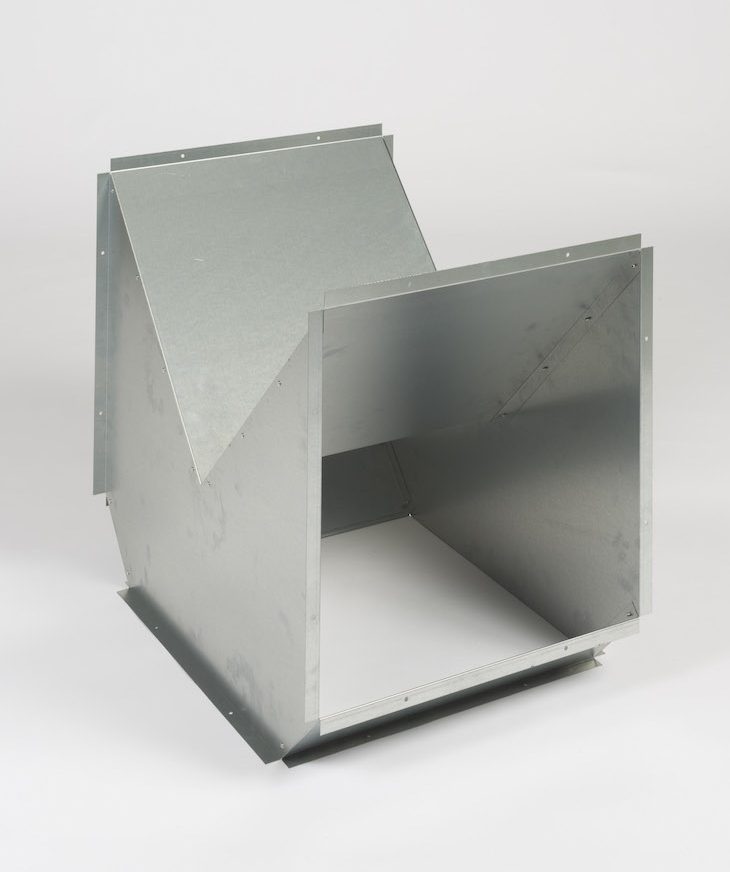
Ramification, Series D (1967), Charlotte Posenenske. Photo: Jan Windruz; courtesy Estate of Charlotte Posenenske, Mehdi Chouakri, Berlin and Peter Freeman, New York; © Estate of Charlotte Posenenske
Royal College of Music, London
More than 1,300 drawings by Milein Cosman
Milein Cosman’s rapid drawing style lent itself perfectly to capturing musicians in full swing, often during rehearsals and concerts. The drawings bequeathed to the Royal College of Music (RCM) by Cosman, who died in 2017, offer a who’s who of musicians in the UK during the second half of the 20th century, from Benjamin Britten to Ralph Vaughan Williams, Peter Maxwell Davies, and Cosman’s husband, the musicologist Hans Keller. The German-born artist also recorded international stars such as Richard Strauss, Igor Stravinsky and Leonard Bernstein. The RCM will stage an exhibition of the works in February, and has also secured funding to digitise the collection.

Drawing of Benjamin Britten by Milein Cosman. © The Cosman Keller Art and Music Trust/Royal College of Music
Unlimited access from just $16 every 3 months
Subscribe to get unlimited and exclusive access to the top art stories, interviews and exhibition reviews.


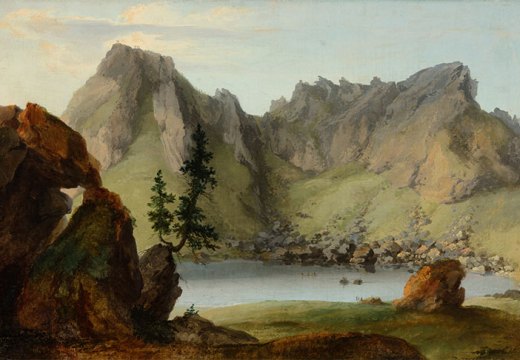
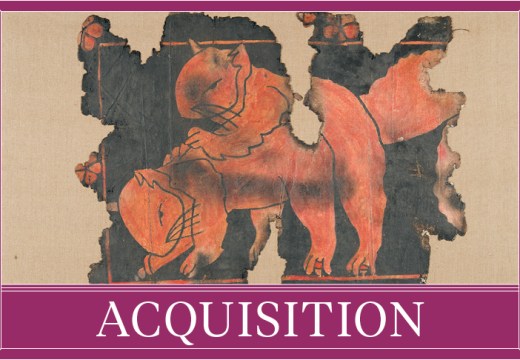










![Masterpiece [Re]discovery 2022. Photo: Ben Fisher Photography, courtesy of Masterpiece London](http://www.apollo-magazine.com/wp-content/uploads/2022/07/MPL2022_4263.jpg)
Why are fathers so absent from art history?